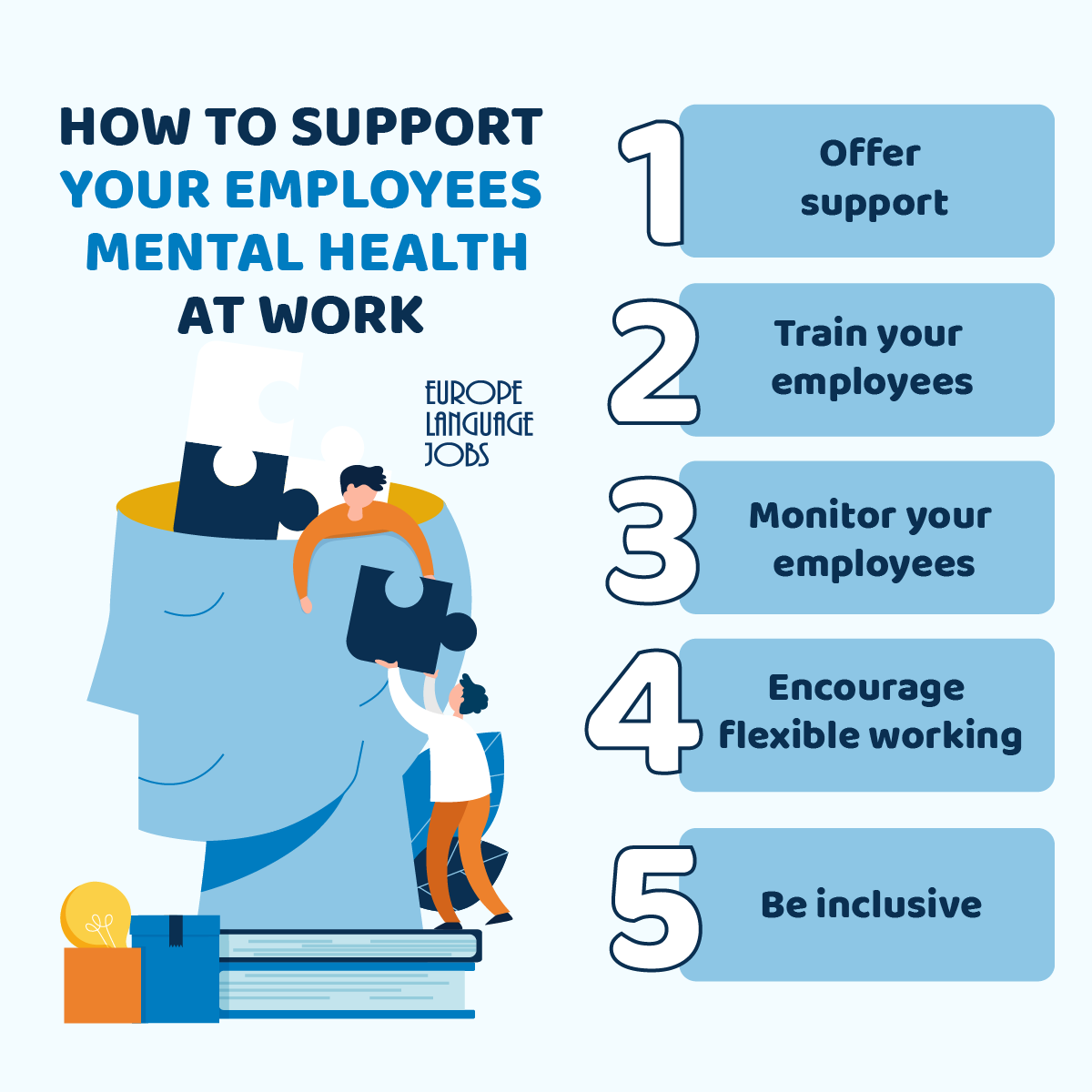Workplace Mental Health: Understanding the Importance of Mental Wellness

What is Workplace Mental Health?
Workplace mental health refers to the psychological and emotional well-being of individuals in the workplace. It includes how individuals feel about their work, the work environment, and the relationships they have with colleagues and superiors. Workplace mental health also involves the ability to manage stress, handle conflict, and maintain a work-life balance.
The Importance of Workplace Mental Health
Workplace mental health is essential for several reasons. Firstly, it affects employee well-being, which can impact their personal and professional lives. Secondly, it affects workplace productivity and efficiency. A positive work environment can lead to greater job satisfaction, improved morale, and increased motivation. However, a negative work environment can result in decreased productivity and high turnover rates.
The Benefits of a Positive Work Environment
A positive work environment can lead to several benefits, such as:
- Increased job satisfaction
- Improved morale
- Increased motivation
- Reduced absenteeism
- Lower turnover rates
- Increase in productivity
The Impact of a Negative Work Environment
A negative work environment can lead to several negative consequences, such as:
- Decreased job satisfaction
- Low morale
- Decreased motivation
- Increased absenteeism
- High turnover rates
- Decrease in productivity
How to Promote Workplace Mental Health
Employers can promote workplace mental health in several ways, such as:
- Provide resources and support for employees.
- Create a positive work environment.
- Promote a healthy work-life balance.
- Encourage open communication.
- Offer training and development opportunities.
- Reduce stigma surrounding mental health.
Resources and Support for Employees
Employers can provide resources and support for employees to maintain their mental well-being, such as:
- EAP (Employee Assistance Program)
- Counseling services
- Mental health days
- Flexible work arrangements
- Education and training on mental health
Promoting a Positive Work Environment
Employers can promote a positive work environment by:
- Encouraging teamwork and collaboration
- Recognizing and rewarding employees' achievements
- Providing a safe and healthy work environment
- Encouraging a positive attitude and behavior
- Creating a culture of respect and inclusion
Maintaining a Healthy Work-Life Balance
Employers can promote a healthy work-life balance by:
- Offering flexible work arrangements
- Encouraging employees to take breaks and vacations
- Providing resources for stress management
- Encouraging physical activity and healthy eating habits
Encouraging Open Communication
Employers can encourage open communication by:
- Having regular check-ins with employees
- Encouraging feedback and suggestions
- Providing a safe space for employees to voice their concerns
- Being transparent and honest
Reducing Stigma Surrounding Mental Health
Employers can reduce stigma surrounding mental health by:
- Providing education and training on mental health
- Encouraging employees to seek help if needed
- Offering support and resources for mental health
- Creating a culture of acceptance and understanding
The Pros and Cons of Promoting Workplace Mental Health
Pros
The pros of promoting workplace mental health are:
- Improved employee well-being
- Increased productivity and efficiency
- Reduced absenteeism and turnover rates
- Positive impact on company culture
Cons
The cons of promoting workplace mental health are:
- Costs associated with providing resources and support
- Resistance from employees who may not see the value of mental health
- Difficulty in measuring the impact of mental health initiatives
Conclusion
Workplace mental health is an essential aspect of our overall well-being, and it's crucial to prioritize it, especially in the workplace. Employers can promote workplace mental health by providing resources and support for employees, creating a positive work environment, promoting a healthy work-life balance, encouraging open communication, and reducing stigma surrounding mental health. The pros of promoting workplace mental health outweigh the cons, and it's essential to invest in mental health initiatives for the benefit of employees and the company as a whole.
FAQs
Q: What is the cost associated with promoting workplace mental health?
A: The cost associated with promoting workplace mental health varies depending on the resources and support provided. However, the cost is minimal compared to the benefits of promoting mental health.
Q: How can employers reduce stigma surrounding mental health?
A: Employers can reduce stigma surrounding mental health by providing education and training on mental health, encouraging employees to seek help if needed, offering support and resources for mental health, and creating a culture of acceptance and understanding.
Q: What are the benefits of promoting a positive work environment?
A: The benefits of promoting a positive work environment are increased job satisfaction, improved morale, increased motivation, reduced absenteeism, lower turnover rates, and an increase in productivity.
Q: How can employees maintain their mental well-being in the workplace?
A: Employees can maintain their mental well-being in the workplace by practicing self-care, seeking help if needed, setting boundaries, and maintaining a work-life balance.
